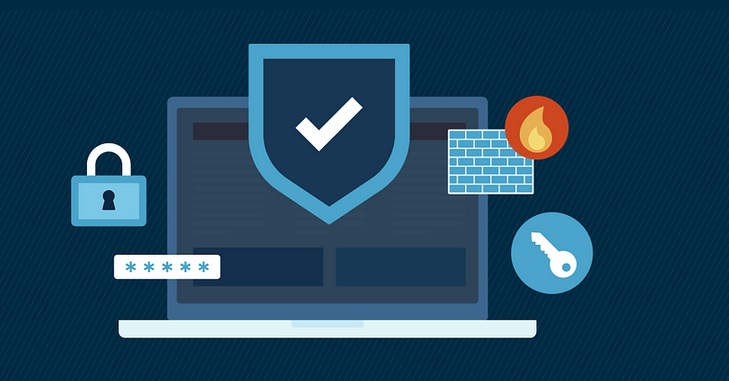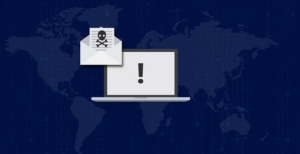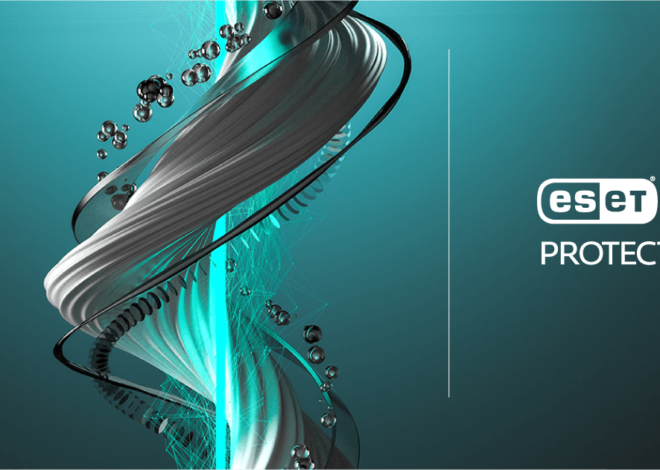
Endpoint Security Myths Debunked
In the realm of cybersecurity, endpoint security plays a critical role. However, there are several myths surrounding it that need to be debunked. This article will shed light on common misconceptions, providing clarity to help individuals and businesses bolster their cybersecurity effectively.

Antivirus Software Provides Complete Protection
Antivirus software has been a staple in cybersecurity for a long time, and rightly so. It’s effective at detecting and removing known malware, viruses, and other malicious software based on predefined signatures or patterns. However, its effectiveness is limited to what it knows. When facing new, emerging threats that haven’t yet been identified and cataloged in its database, antivirus can fall short.
This is where the concept of zero-day threats comes into play. A zero-day threat refers to a vulnerability or weakness in software or hardware that is unknown to the vendor or the public. Consequently, there are no patches or fixes available to mitigate the threat. Cybercriminals exploit these vulnerabilities, and antivirus software, unaware of these zero-day threats, cannot protect against them.
End Point Security is Only Necessary for Large Enterprises
The Relationship Between Firewalls and End Point Security
The misconception that a robust firewall is sufficient to provide comprehensive security is a common one in the realm of cybersecurity. Firewalls play a vital role by acting as a barrier between a network and potential threats, filtering incoming and outgoing traffic based on predetermined security rules. However, relying solely on a firewall is an inadequate approach to modern cybersecurity.
Endpoint security and firewalls serve different purposes in the overall security infrastructure. A firewall protects the network at its perimeter, monitoring and controlling traffic between the network and the outside world. On the other hand, endpoint security focuses on individual devices, such as computers, laptops, smartphones, and other endpoints that connect to the network.
Does End Point Security Overwhelm System Performance?
The concern about endpoint security solutions causing system slowdowns and reduced productivity is a common misconception. While it’s true that some older or poorly optimized security software could impact system performance, modern endpoint security solutions are designed to operate efficiently without compromising productivity.
Here are some key points to consider when addressing this misconception:
- Efficient Design: Modern endpoint security solutions are engineered to be lightweight and efficient. They use advanced algorithms and technologies to minimize their impact on system resources. These solutions are optimized to provide robust security without causing noticeable slowdowns.
- Resource Management: Endpoint security software is equipped with resource management features. These features ensure that security scans and operations occur when system resources are available or during idle times, preventing any interference with day-to-day tasks.
- Real-Time Scanning: Many modern endpoint security solutions offer real-time scanning that constantly monitors for threats without significant performance degradation. This real-time protection ensures immediate threat detection and mitigation.
- Low Latency: Advanced endpoint security software is designed to provide low-latency protection. It works silently in the background and doesn’t introduce delays when opening files, applications, or websites.
End Point Security is Set-and-Forget
Many believe that once end-point security is in place, there’s no need for further action. In reality, the threat landscape is constantly evolving. Regular updates, patches, and monitoring are essential to adapt to new threats and vulnerabilities.
Employees are the Weakest Link in End Point Security
While employees can be a vulnerability if not adequately trained, they are not the weakest link. A well-educated workforce can be a significant asset in identifying and mitigating threats. The weakest link is often outdated or improperly configured security systems.
Conclusion
Endpoint security is a critical component of any comprehensive cybersecurity strategy. Dispelling these myths is vital to understanding its true value and implementing effective measures to safeguard digital assets. Stay informed, adapt to the evolving threat landscape, and invest in robust end point security solutions to ensure a resilient and secure digital environment.



